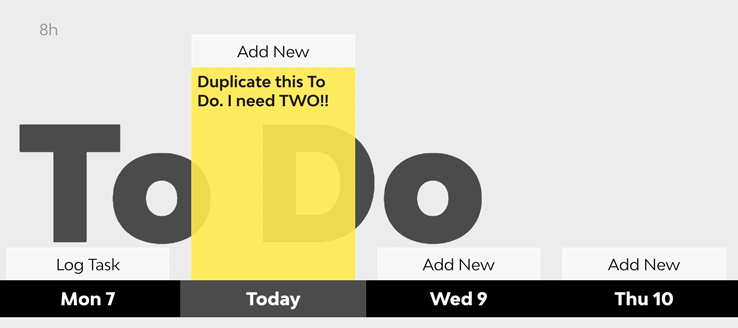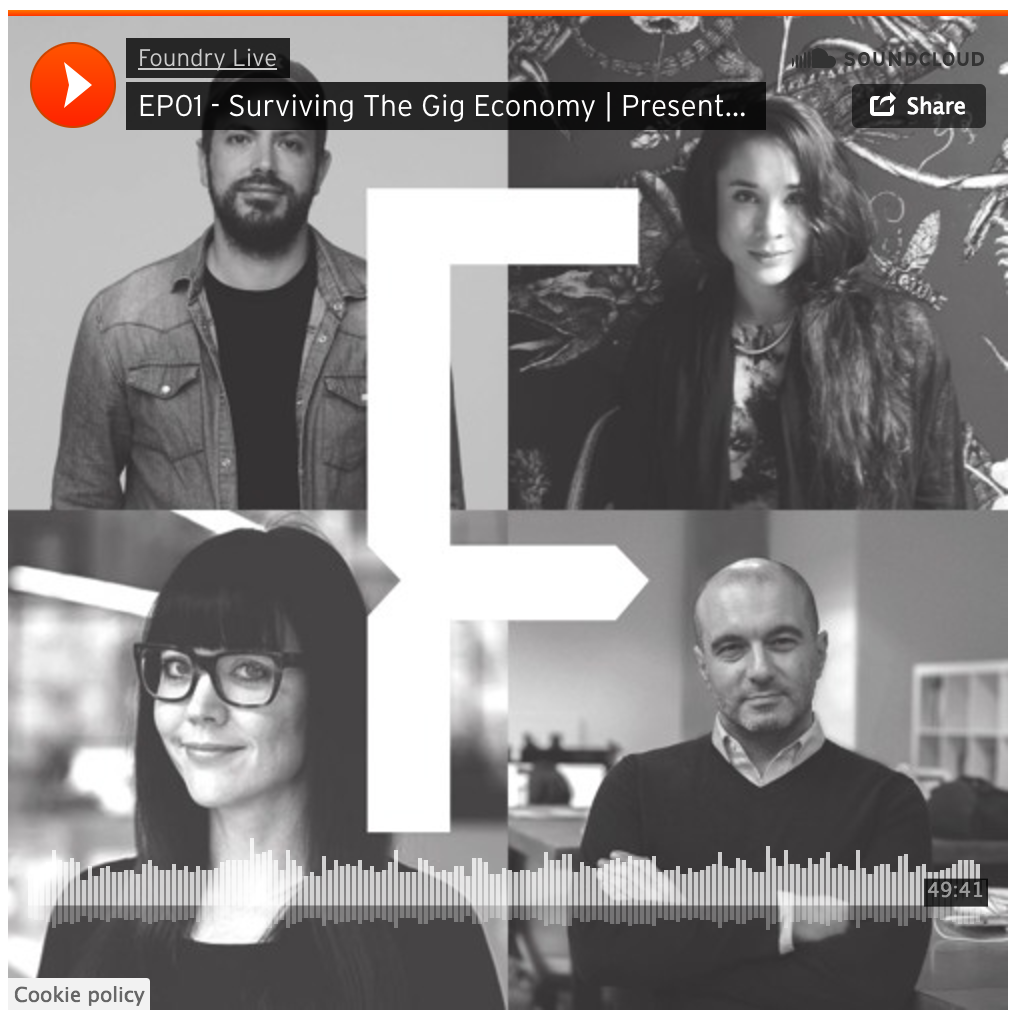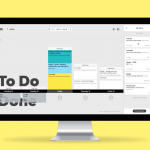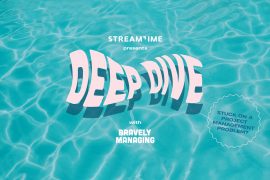The Future Is Freelance
If you’ve been following us recently, you’ll know that we recently launched our free plan. Run 5 jobs at a time for as long as you like and pay nothing.
So, that’s great and all, but just because something’s free doesn’t make it good. Except in this case…
Let’s set the scene. You’ve been working for an agency for the first 5 or so years of your career. It’s been pretty good going, you’ve got some good work in your portfolio, worked with some great people and your cv speaks for itself. You’ve been chatting with freelancers who have been coming into the studio, find out what their daily rate is, compare it with yours and think – hold on a sec. WTF am I doing here?
Next minute, you’ve handed in your notice and 4 weeks later you’re back in the same studio earning 20% more and probably even more importantly, going home on time!
Your former colleagues see this and go, “hold on, WTF is going on here!”

The future of freelancing is already here
In the U.S. some have predicted that 43% of the workforce will be freelance. In Australia, apparently 4.1 million people are freelancing right now. More than half who left their permanent employment now report to be earning more than they had before.
When we set out to re-design Streamtime we didn’t necessarily have the Freelance market as our specific target. However, we’ve noticed more and more that they’ve been signing up in droves, especially now that we’ve launched our free plan.
If you’re a freelancer, here are some tips for making the most out of Streamtime – and saving yourself some cash:
- Keep organised. Our free plan allows you to run 5 ‘live / active’ jobs at any one point in time. Given you’re on your own, this means you could probably keep 5 jobs on the go for a few months depending on the nature of the work you’re doing and the clients you’re doing it for. Once you hit more than 5, just hit the archive option from the job page or the jobs list and you can keep going – you have 50 jobs for free to use in that archive! There’s a good chance you could keep this going for at least a year, based on what we’ve seen so far.
- Plan, track and prove your time. We’ve started to look at the freelance marketplace as a whole recently. Quite frankly, we’ve been amazed at the antiquated steps that some freelancers are made to go through to fill out timesheets for recruitment consultants who are managing their placements. I know I’ve experienced in the past having to physically sign a timesheet, scan it and email it back for the freelancer to get paid by the recruiter (that I paid). If you’re using Streamtime to plan your week and hours using the ToDo screen, all you need to do each day is drag your tasks to Done and pull the report of your time for the week. Send that to your recruiter or client for corroboration and you’re done. In future, it might be interesting to take that further to allow them to login to your Streamtime or for you to plugin to theirs.
- Work out and plan your availability. While it’s great being your own boss and choosing when and when not to work, life isn’t always perfect. Plan your time and bookings out in advance. Create your bookings as jobs, add the start and end dates and create ToDo’s for each day that you’re booked. Hint: The ToDo screen allows you to easily duplicate tasks by clicking option + dragging a task to a new day. Skip through the weeks to see when you’re next available, or when you want to plan that break up the coast as part of your newly found work / life balance.

There’s no doubt that more and more of us are interested in, or pursuing a more flexible future (I keep a day a week free for other pursuits away from Streamtime).
The watch-outs
It sounds great, right. More money, more time to yourself, more control, more time for you. And it is great. But don’t get caught out. Having your cake and getting to eat it is rare.
Recently, I was on a panel at Foundry in Tasmania that discussed the Gig Economy with 3 other guests, Jim Antonopoulos, Vanessa Ward, Anita McArthur and the host of the panel, ADR’s Matt Leach.
You can listen to the full audio of the panel here.
We discussed the pro’s above, but also went into the depths of the con’s.
- You are your employer (or at least for now). For all intents and purposes you chose to work for yourself. But, there is a lot of debate about the work conditions and rights that you have based on this choice. Many are choosing to keep their cash and not pay into their super. Others are using their own equipment, having to pay for their own insurance, and are essentially paying for their own holidays and sick leave. It’s easy to look at that day rate and get excited about it all coming to you. Just remember that nothing comes to you when you’re unable to work or are on holiday. There’s no pay check coming your way after that fortnight holiday. Not many of us were taught how to run a business – but that’s exactly what you’re doing now. There’s no doubt that the law is going to have to change in the future to reflect the changing nature of the workforce. As with all things government it will take time. So in the meantime, look out for yourself, compare with others and seek advice. If something doesn’t seem right, it probably isn’t.
- You’re on your own. Being creative is often seen as a highly individual skill. Some of us are and some of us aren’t. Whatever you believe, trying to be creative on your own is incredibly tough. Some of the most creative experiences I’ve had in life have come through collaboration, being part of a team, locking ourselves in a room and churning out ideas together until something sticks. That process of building upon the ideas of each other is impossible on your own, unless you have a very helpful split personality. Being isolated makes you question yourself, puts even more pressure on yourself to perform and never really forgives you an off day. Find yourself a network, a co-working space, a mentor, whatever you can to keep that connection to others to bounce off and feel a part of the industry, vs a team of 1.
- You have to look after you. When you’re part of a team, others can keep an eye out for you. Having a bad day? Someone might offer you a cup of coffee, a walk to grab a bite to eat. You have someone to share what you’re going through. On your own, you do not. It’s also exciting to watch the money roll in. In fact it can be addictive. So addictive that you want more and more of it, and in turn you work more and more. You’ll work a few weekends because the demand is there. You’ll fit in some more in the evenings. You’ll be rich! But at the same time you may be making your health poorer and poorer by the day. I seriously fear for the effects that a freelance future may take on our health. One way to stop this from happening is to make everyone understand what’s possible when they come into this career. We need to do a better job of educating (from University / College education) how to look after yourself in this industry. For those of you that are already in it, you probably already know the pitfalls and you’ve either navigated them and are living the life (congrats!). Or, you may be suffering. We’ve launched a new community for creatives that aims to help with this. It’s called Never Not Creative. We don’t have all the solutions right now, but with your help and experience, we hope to over the coming months and years.
If you think you’re ready, you can sign up for Streamtime for free here. If you’d like to chat more about the freelance world, hit us up once you’re in the system and have some feedback. We’re always keen to make a better product for creatives that can help defend your creativity.








